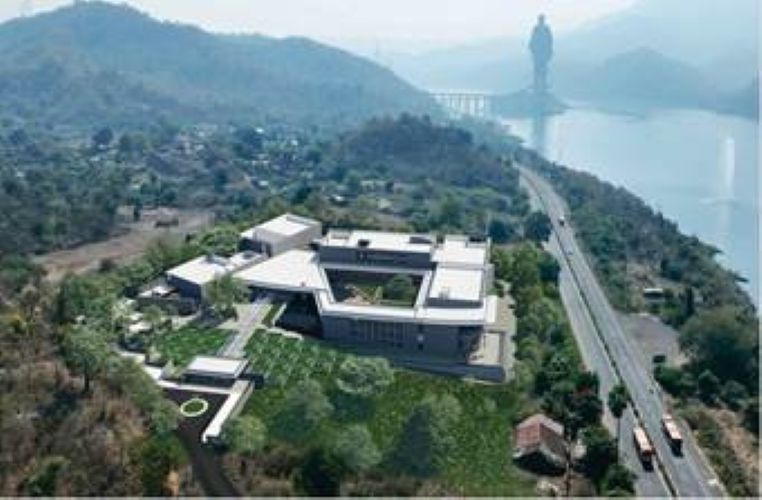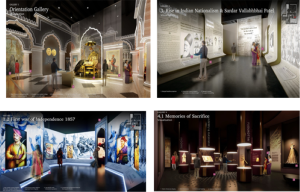Musuem of Royal Kingdoms of India to come up in Ekta Nagar, Gujarat

Team L&M
On the eve of Rashtriya Ekta Diwas yesterday, Prime Minister Narendra Modi laid the foundation stone of the Museum of Royal Kingdoms of India. It is an endeavour of honour and legacy and will be built at ₹367 crore approx. It will showcase our shared heritage and promise of unity.
Serving as a national repository, celebrating India’s royal heritage with galleries of regalia, artefacts, textiles, manuscripts, paintings, it will have archival materials from various dynasties and princely states.
Spread over five acres of land near the Statue of Unity in Ekta Nagar, it will have four thematic galleries. These galleries offer visitors an interactive experience with historical artefacts, documents, and digital installations. It aims to preserve the memory of the past while inspiring future generations with the timeless spirit of unity and sacrifice.
Historical Background
At the time of India’s Independence on August 15, 1947, there were over 550 princely states and kingdoms.The political integration of these states into the Indian Union was one of the most defining achievements of our nation.
Under the leadership of Sardar Vallabhbhai Patel, the then Home Minister, the rulers of the princely states were persuaded to accede to India through the Instrument of Accession. And, by 1949, nearly all princely states had joined the Indian Union, laying the foundation for a unified and sovereign Republic. This peaceful unification stands as a testament to India’s spirit of diplomacy, inclusivity, and nation-building.
Key Objectives
The museum initiative has been envisioned to document and display the rich legacy of India’s royal and princely states. It will preserve artefacts and archival materials that reflect India’s royal traditions. Further, it will also showcase their contribution to the nation’s unity and cultural identity. Moreover, it will serve to educate and engage the public on the historical process of integration, the contribution of the princely states. Additionally, it will serve as a centre for research, preservation, and public learning on India’s regal and democratic heritage.
Key Design Features
Inspired by the National Education Policy (NEP) 2020, the museum will feature a dedicated gallery for interactive and experiential learning. This will allow visitors to explore history in an engaging and entertaining manner. The museum’s architecture is designed to harmonise with the natural landscape. It will have water bodies, fountains, courtyards, and gardens as core structural elements. Visitors enter through a landscape inspired by royal gardens, setting the tone for the grandeur inside. And, the visit concludes at the Museum Cafe, where tourists can savour royal cuisine while reflecting on their experience.
About the Galleries
Orientation Gallery offers an introduction to royalty and the museum’s story through films and audio-visual narratives.
The Throne and the State will showcase the royal families, their systems of governance, traditions, welfare policies, and their affection for their people.
There will be a viewing lounge and deck that will serve as a resting and viewing point. It will offer panoramic view of the Statue of Unity and the Narmada River.
The Story of India’s Integration will depict the events and documents associated with the political integration of India.
Hall of Unity will display the symbols and insignias of all princely states, honouring their sacrifices for India’s unity.


